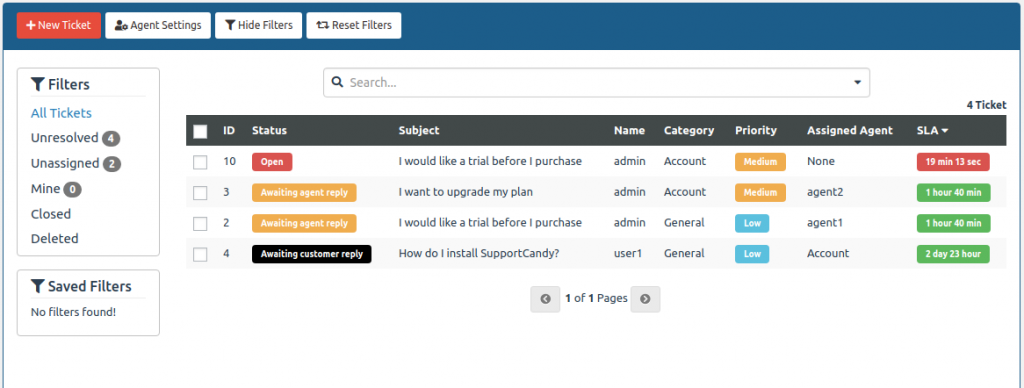Interview With Stephen Willeford, the Hero of Sutherland Springs
https://ift.tt/2OFgZIq

Sutherland Springs, TX –-(Ammoland.com)- Stephen Willeford is the epitome of the definition of a “good guy with a gun.”
On November 5, 2017, a mad man entered the First Baptist Church in Sutherland Springs, TX, and opened fired on the Church congregation. The attacker killed 26 members of the church and wounded 20 other worshippers. He then fled the house of worship to continue his attacks.
Stephen Willeford, an NRA instructor and firearms enthusiast, knew he must do something to stop the killer’s deadly rampage. He couldn’t sit around and let a maniac attack his community. He grabbed his AR-15 and set out to end the murderer’s violent spree.
Willeford engaged the killer as he was leaving the church. A gunfight erupted in the parking lot. Willeford hit the killer twice, once in the leg and once in the upper left torso under the attacker’s tactical vest. The killer dropped his AR-15 and fired on Willeford with a pistol before speeding off in his Ford Explorer.
Willeford saw a pickup truck driven by Johnnie Langendorff. He approached the truck and jumped in the passenger seat. The two men chased the killer’s Explorer for seven minutes at speeds approaching 95 miles an hour.
Soon the killer lost control of his vehicle and ended up 30 feet into a field on the opposite of the road. Willeford and Langendorff noticed the attacker wasn’t moving and kept the ford covered until police arrived on the scene. The police found the killer dead of a self-inflicted gunshot wound.
I had a chance to speak with Stephen about his views on guns and what happened on that fateful day in Sutherland Springs, TX.
John: What is your background with guns?
Stephen: I grew up on a dairy farm where I learned to shoot a .22 Remington Scoremaster when I was five years old. My father taught me how to shoot tin cans and eventually hunt rabbits and shoot snakes and coyotes on the farm. Firearms were an integral part of life on a farm. As an adult, I entered shooting competitions with pistols and rifles at a San Antonio shooting range called Blackhawk. I also helped coach a youth shooting club at Blackhawk, where we trained the youth in firearms safety and marksmanship. I believe teaching the next generation to shoot is essential.
John: How did you find out the shooting in the church was happening?
Stephen: My oldest daughter heard the shots and made me aware of it.
John: What made you engage the shooter?
Stephen: I knew my community needed the shooting to stop. I arrived before law enforcement. He came out of the building, shooting at me. I truly believe God had called me to go there and stop it.
John: A lot of people think you are a hero. Do you believe that you are one?
Stephen: I prefer to consider myself a sheepdog, following my shepherd and protecting his flock. There are a lot of other sheepdogs in this world that would have done the same thing if they had been there.
John: Were you scared?
Stephen: I wasn’t scared at all. I was terrified. But the Holy Spirit was with me, telling me not to concern myself with the bullets coming my way, but to do what he sent me to do.
John: How has your life changed since the incident?
Stephen: I have traveled to places around the nation, speaking to churches and other groups about the need to be vigilant and ready if this were to happen in their communities by forming Safety Response Teams. I have spoken to politicians about good policies to prevent criminals from getting guns instead of the knee-jerk reactions they usually have of penalizing law-abiding citizens by enacting gun control measures that do nothing but make them feel better. I have met with several law enforcement agencies, encouraging their members and letting them know that they are appreciated, in spite of the negative media narrative.
John: What do you think about people that blame the gun for the church shooting?
Stephen: It is easy to blame the gun for the shooting because it takes away the responsibility of each individual for their actions. It is actually a matter of the heart, good vs. evil. That is a lot harder to fix. This country needs to go back to what God values, life. From conception to death. Until we can instill that in our society, these incidents will continue. Life matters — all lives. And individual responsibility is a key to stopping these kinds of things. A firearm is a tool, and nothing more.
John: Were you prepared to be thrown in the spotlight?
Stephen: Not at all. I tried to stay out of it. But now I have a voice that I believe can make a difference.
John: You campaigned with Ted Cruz. Is it important for you to help pro-gun candidates?
Stephen: It is important to help pro-gun candidates and good Godly men and women who are willing to stand up for our rights that are protected by the Constitution.
John: Do you think we can defeat the gun-control movement?
Stephen: I think we HAVE to defeat the gun-control movement if we want to save our Republic. We have to educate those who are uninformed about firearms and our Constitution.
John: Why is the Second Amendment important to you?
Stephen: Without the Second Amendment, the right to defend ourselves and our community, the rest of the Amendments, our Constitution and our Nation as we know it will fall. We need to protect it for our children, our grandchildren, and our grandchildren’s grandchildren.
John: Anything else you want our readers to know?
Stephen: Firearm owners are not the threat that people should be afraid of. Go out and get trained. Even the best of shooters need to continue to train. Start thinking about the mindset of a sheepdog. Look out for your family, your neighbors, your friends, your community. You can make a difference.

Stephen continues to use his voice to advance gun rights.
About John Crump
John is a NRA instructor and a constitutional activist. He is the former CEO of Veritas Firearms, LLC and is the co-host of The Patriot News Podcast which can be found at www.blogtalkradio.com/patriotnews. John has written extensively on the patriot movement including 3%’ers, Oath Keepers, and Militias. In addition to the Patriot movement, John has written about firearms, interviewed people of all walks of life, and on the Constitution. John lives in Northern Virginia with his wife and sons and is currently working on a book on leftist deplatforming methods and can be followed on Twitter at @crumpyss, on Facebook at realjohncrump, or at www.crumpy.com.
The post Interview With Stephen Willeford, the Hero of Sutherland Springs appeared first on AmmoLand.com.
guns
via AmmoLand.com https://ift.tt/2okaFKE
December 2, 2019 at 07:06PM











